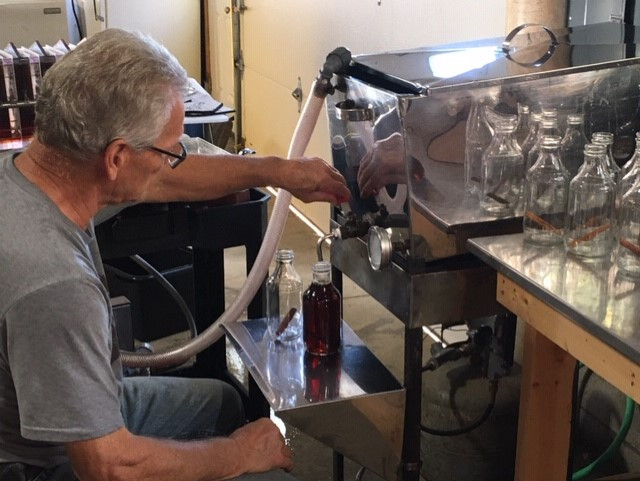How We're Handling the Winter-Time Feed Challenge
posted on
January 18, 2019
In the spring and early summer, when grass is growing faster than the cattle can keep up with it, we make and store hay for the winter months. Also, toward the end of the summer, we can manage the pasture rotations in such a way that some grass is stock-piled, which extends the grazing season.
However, we would usually end up buying some hay to get through the winter. Quality hay is expensive and, sometimes (like this year), we’re scrambling to even find it. Who knew that a year with better-than-average rainfall would yield a scarcity of high-quality hay?! The sunshine (or lack thereof) plays a big part in the energy value of the hay. So, while ample rain might yield plenty of hay, abundant sunshine yields better quality hay.
So, we’ve been researching options in our efforts to bring you nutritious and delicious meats at reasonable prices.
Introducing our latest project… sprouting, a.k.a. "living greens" (some call it fodder). Barley and other grains can be sprouted in a hydroponic system - a carefully-controlled environment. After growing in this system for about a week, the sprout has used up the nutrition from the seed, the grain is gone, and we have… living greens! Although products like barley start as grains, the American Grassfed Association has approved them to be used as feed once they are sprouted. These greens have more nutritional value than dry hay, which keeps the cows healthy and prevents them from losing weight over the winter. And the cattle love it!
We’re still in the learning curve with this new aspect of farming, so we’ll see how it goes! And we’ll keep you updated as we learn, implement, and continue to improve.



